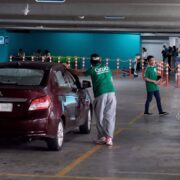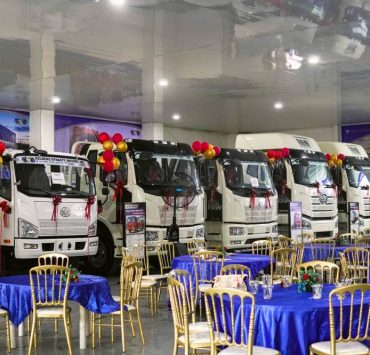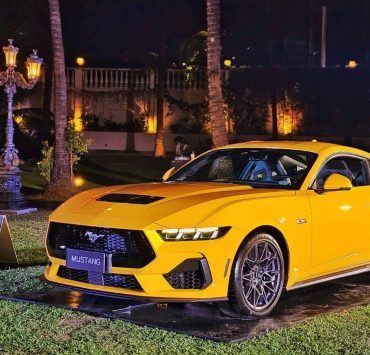6th sense in the 6th-Gen
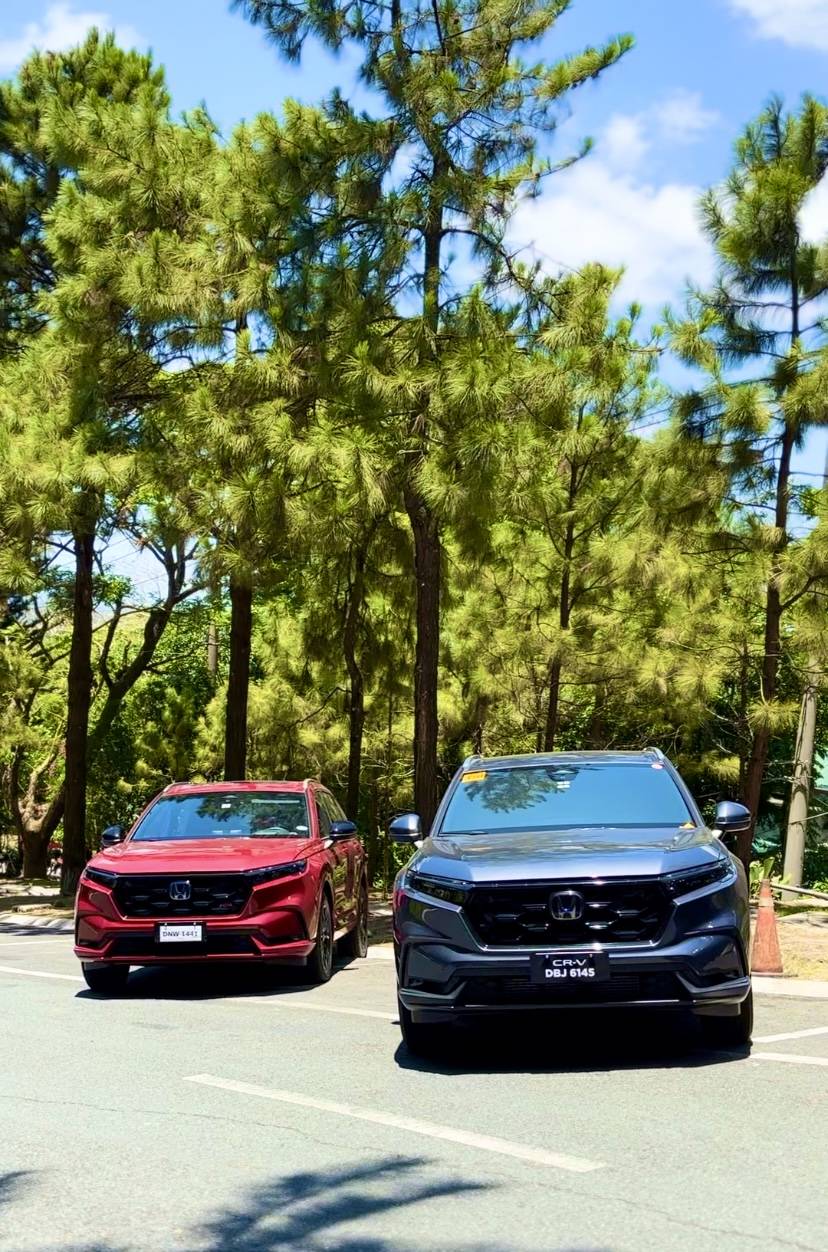
January 8, 2017. The day I would never forget. The day I wished never happened. That was the day my aunt was run over by a car while she was crossing a street in Toronto, Canada. She was critically injured, and died in the hospital 5 days later.
Until now, I do not know the state of mind of the driver of the car that killed my aunt. I don’t know if he was drunk, or asleep, behind the wheel. What I know was that he was driving too fast for the road he was on, and he was not able to stop in time when my aunt stepped onto the pedestrian crosswalk.
Since then, the observance of the Road Safety Month, which is held every May, has taken a personal meaning for me.
Every year, more than 1.3 million people die in road traffic crashes worldwide. In the Philippines, road traffic deaths are increasing. Data from the Philippine Statistics Authority show that road traffic deaths have increased by 39 percent, from 7,938 fatalities in 2011 to 11,096 in 2021. The World Health Organization said that road traffic injuries are the leading cause of death among Filipinos 15-29 years old, and a major killer among children.
A driver who isn’t focused on the road is an accident waiting to happen. Distracted driving often adds another sad number to these tragic figures.
But what if the car itself can help the driver avoid such accidents? That’s what a carmaker like Honda is trying to achieve.
A week ago, Honda Cars Philippines Inc. invited a handful of us motoring writers for a short drive of the 6th-generation Honda CR-V from Nuvali in Santa Rosa, Laguna to Tagaytay City in Cavite. The activity was meant to highlight not just the power and performance of the new CR-V, but more importantly, how Honda has taken vehicle safety to new levels of sensibilities.
The latest iteration of the iconic CR-V now comes in either an advanced VTEC Turbo or a Hybrid powertrain via three variants: The 1.5 V Turbo CVT, the 1.5 VX VTEC Turbo CVT (both 7-seaters), and the 5-seater 2.0 RS e:HEV E-CVT.

Apart from the fact that Honda is dabbling in new energy with the hybrid system, I feel the more important development here is that Honda, worldwide, is aiming for a mobility society free from fatalities. In April 2021, Honda announced its goal of achieving zero fatalities in traffic accidents involving Honda motorcycles and automobiles, worldwide, by the year 2050. If you think about it, is that target even attainable? But with a 26-year window of opportunity, who knows what leaps and bounds in safety technologies Honda can achieve for its vehicles between now and then.
Right now, with the new CR-V, the two new safety features– Honda Sensing and Honda Connect–are quite impressive and two-steps toward that direction.
Honda Sensing is an advanced driver assistance system (ADAS) that uses a wide-angle monocular camera and enhanced millimeter wave radar to accurately get a sense, as it were, of the road ahead. Honda Sensing helps the driver make crucial decisions in real time, which would also translate to less stress and less wear on the driver.
With Sensing, the adaptive cruise control (ACC) with low speed follow enables the CR-V to maintain a safe distance with the vehicle ahead despite changes in speed. The ACC can control acceleration and braking. The driver can also choose among four safe distance settings: short, middle, long, and extra-long. Setting up the ACC was relatively easy during the drive, with HCPI’s Andie Vitug pitching in as my navigator, she also described the features of the Honda Sensing and Honda Connect on the fly.
Honda Sensing also alerts the driver when the vehicle in front already starts moving. There’s also the lane keep assist, which, of course, only works when there are clear lane markings.
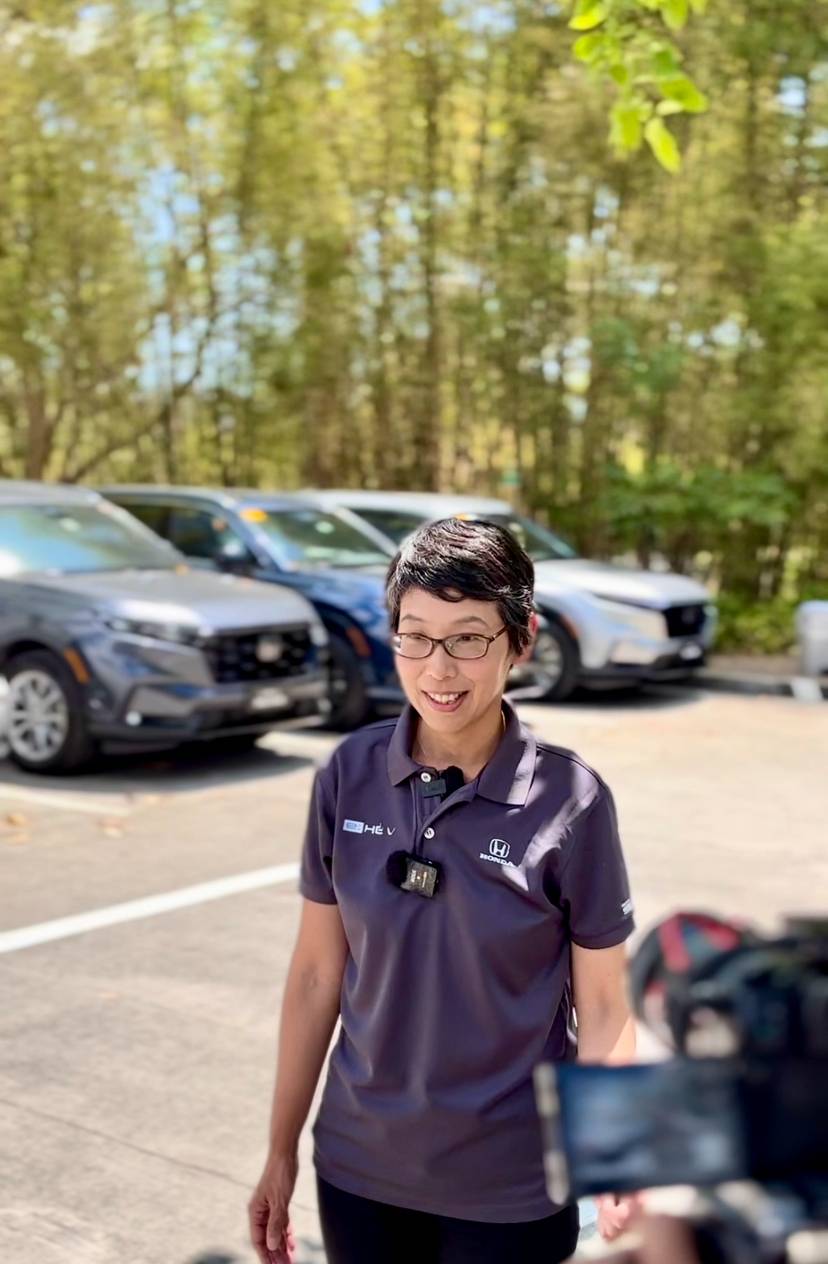
The collision mitigation braking system (CMBS) with forward collision warning (FCW) reminds the driver to slow down when the vehicle in front is at an unsafe distance. The reminder is via an alert on the information display screen, an audio signal, and a vibrating steering wheel. If the driver still doesn’t respond, the system activates the brakes automatically to avoid the collision or reduce its severity.
There’s also the Honda LaneWatch, hill descent control, and the walk away auto lock, which just locks all the doors as you leave the car.
Another nifty feature of the Honda Sensing in the new CR-V includes electric parking brake (EPB) with auto brake hold (ABH).
The new CR-V, apart from the one-push start system, has the remote engine start. So that by the time you get in your car, the engine is on, and, more importantly, so is the aircon. And that’s especially convenient during these hot summer months.
There’s also the wireless charger, which is particularly important because for the next set of features under its Honda Connect system, you have to have your cellphone batteries juiced up.
In a nutshell, the Honda Connect system allows the driver and occupants to communicate with the vehicle. So, by using Honda Connect, you can check the vehicle status and be alerted through your smartphone. Honda Connect’s safety features include automatic collision detection, security alarm detection, and speed alert. Automatic collision detection enables Honda Connect to call for help for timely assistance. Security alarm detection sends an alert when the alarm is triggered by trespassers, while speed alert allows the owner to keep an eye on how their vehicle is being driven through a series of notifications if the speed limit is exceeded.
As for security, Honda Connect comes with Find My Car, Geofencing Alert, and Emergency Call. Find My Car helps find your car by sending a pin location to your smartphone. Geofencing Alert notifies you if your car was taken beyond a set area limit, while Emergency Calls makes it easier to access emergency contacts through the app.
Honda Connect also reveals car status, offers service reminders, and enables remote vehicle control. Car status alerts you of anything that requires attention and doubles as the vehicle’s diagnostic support system. This feature can also remotely check the fuel level, battery, lock and airbag status. Remote vehicle control allows you to control various limited functions of your vehicle via smartphone app. It includes remotely starting and stopping the engine, controlling the air conditioner, locking and unlocking the doors, and turning the lights on and off. The service reminder automatically notifies you when maintenance is due, and will even schedule an appointment with the nearest service center.
The Honda Connect app also serves as a social media platform where you can share your memorable drives, and receive alerts and news.
How I wish I could go back in time to prevent the accident that killed my aunt. Who knows how many lives would have been saved had these safety technologies I mentioned in this article were existing, and installed in every car, 10 years ago.
There’s no way to go but to look forward to that day when Honda does achieve its goal by 2050. Which brings me to my final point here. Why limit such goals to Honda vehicles? Why not all makes and brands and models of vehicles be obligated with these targets? I believe this is something that other mobility manufacturers should aspire for, as well. Because road safety shouldn’t be exclusive to those who can afford the technology. Safe mobility must apply to all road users.





